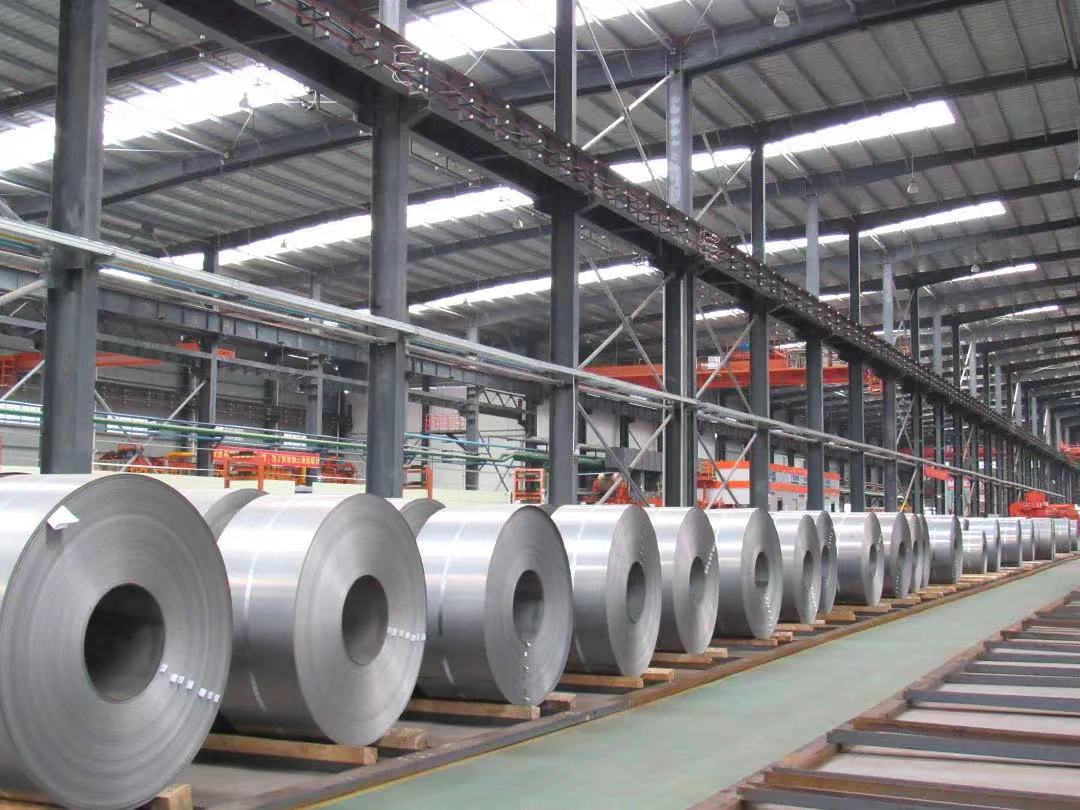
In the automotive manufacturing industry, which demands high precision and stringent quality control, galvanized steel sheets play a critical role. Given the diverse and challenging environments in which vehicles operate, from exposure to harsh weather conditions to ensuring safety and stability during driving, the automotive industry has a series of special requirements for galvanized steel sheets. These requirements are designed to ensure the durability, safety, and aesthetic appeal of vehicles.
1. Excellent Corrosion Resistance
One of the most critical requirements for galvanized steel sheets in the automotive sector is their corrosion resistance. During daily use, automobiles are exposed to rain, road salts (especially in regions that use salt to melt snow), and various chemical substances such as acidic pollutants from exhaust fumes. The galvanized coating provides an effective barrier, preventing these corrosive agents from coming into contact with the underlying steel, thereby offering long-lasting protection.
In automotive manufacturing, corrosion resistance must not only perform well in the short term but also withstand environmental conditions throughout the vehicle’s lifecycle. For example, parts like the chassis, which frequently encounter mud, water, and salt, require a galvanized coating that maintains its protective qualities under long-term exposure to harsh conditions. This prevents corrosion from damaging components and affecting vehicle safety.
2. Formability
As automotive body designs become increasingly complex, including both smooth curves and sharp angles, the galvanized steel sheet must possess excellent formability. This includes the ability to withstand stamping, bending, and stretching processes without cracking, wrinkling, or losing shape.
For instance, in the manufacturing of parts like car doors and hoods, galvanized steel must pass through intricate stamping processes to form accurate shapes. The steel must maintain its form stability throughout subsequent assembly and use, ensuring the structural integrity and aesthetics of the final product.
3. Surface Quality
The visual appeal of an automobile directly impacts consumer purchasing decisions. Therefore, the surface quality of galvanized steel sheets is of utmost importance. The steel must have a smooth and flawless surface, free from defects such as scratches, pimples, zinc spangles, or other blemishes. Any surface imperfections could become visible after the vehicle is painted, affecting the overall appearance of the car.
Strict measures must be taken during both the production and transportation phases to ensure that galvanized steel sheets retain their surface integrity, providing a perfect foundation for automotive finishing and painting processes.
4. Welding Performance
In the automotive manufacturing process, numerous components are joined together using welding techniques to form a robust vehicle body. The galvanized coating on steel sheets can sometimes lead to welding defects, such as porosity or slag inclusion, which can compromise the quality of the weld and the overall structural strength of the vehicle.
To address this, galvanized steel sheets used in the automotive industry must be designed to minimize such issues during welding. The welding process should ensure strong, leak-proof joints that contribute to the overall strength and safety of the vehicle’s body.
5. Dimensional Accuracy
Precision in dimensions is critical in automotive manufacturing, as all parts must fit together perfectly during assembly. Galvanized steel sheets must meet strict requirements for thickness, length, and width, ensuring that the material can be cut, shaped, and assembled accurately into various automotive components.
The accuracy of dimensions in galvanized steel sheets allows for precise cutting, joining, and assembling, which is essential for achieving the high-quality performance expected from modern vehicles. This precision helps ensure that automotive components fit together seamlessly, contributing to the overall durability, functionality, and safety of the vehicle.
Conclusion
In summary, galvanized steel sheets used in automotive manufacturing must meet a range of stringent requirements. These include exceptional corrosion resistance, formability, surface quality, weldability, and dimensional precision. These factors are crucial to ensure that the final product is not only functional and safe but also visually appealing and durable over time. The ability of galvanized steel sheets to meet these demands is what makes them an essential material in the production of modern automobiles.





